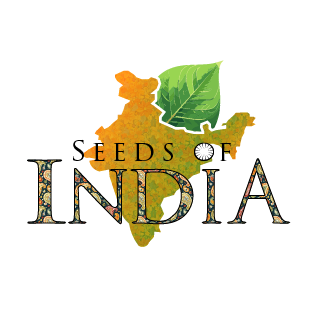Live plant pitfalls to avoid
Pitfall #1: Overwatering plants
"Its leaves were drying out so it kept watering it!"
It is not uncommon for gardeners to overwater their tropical plants. It is important to remember that most tropical plants are prone to root rot if overwatered. This particularly is common during indoor winter care. Many of these plant species can go dormant for the winter. They may even have their leaves dry and fall off. Most peoples initial reaction to seeing drying leaves is to continue to apply water. This can actually cause the rotting condition that inevitably kills the plant. If your tropical plant drops its leaves but still has a healthy stem, do not panic and overwater it. Continue to water it, but in appropriate intervals. It is extra important to let soil dry in between waterings in the winter, because they will not have the summer heat to properly dry it out.
We also dissuade the practice of bottom watering your tropical plants. Bottom watering can atrophy roots through decay. It may seem counter intuitive, but roots will actually stretch and expand when the soil is dryer, as they search for moisture. Overly wet soil(especially in tropical plants) will not encourage this expansion and it will sooner kill your plants than help them. It is best to water plants thoroughly from the top and allow it to drain well.
If you need to leave your plants unattended, it is better to invest in the top watering auto drip watering orbs.
Pitfall#2: Ignoring weather
When caring for plants it is important to monitor your daytime and nighttime temperatures. Heat waves can damage your plants just as much as a cold streak. It is good to mind your 7 day forecast regularly and be proactive as opposed to reactive in terms of sheltering your plants.
Pitfall #3: Pot Size
" I gave it a nice big pot so it can grow nice and big!"
When you receive your plant, you may be temped to give your plant a huge pot. It is natural to think that giving more space to your plant will allow it to grow bigger. It is very important to increase your pot size incrementally. If you put your plant in too big of a pot, you will waste soil, leech out its nutrients before your plant can ever benefit from it, and cause root rot. The reason for this is that too much soil in proportion to your plant size will cause overly wet soil. The top of your soil may dry out but the lower portion where the plant roots have not reached yet will not dry out and will continue to retain water. This part will become soggy over time and will become a breeding ground for the microbes that cause root rot.
Increasing your pot size incrementally will encourage healthy root development. You can wait until the roots are significantly coming through the bottom of the pot before repotting. Similarly, if you find that your soil is drying out too quickly, it could mean that it is time for a new pot. It could also mean that you just need to repot it with fresh soil into the same pot. This all depends on the extensivity of the roots.
Pitfall #4: Improper Acclimation
"Tropical plants love the heat so it put it right outside in the sun!"
While tropical plants generally love the sun and heat, every plant needs time to acclimate from transit, to its transplant, and to its new environment. Its new home will have a different humidity level and other conditions based on its geographic location. When a plant is leveling out from these "stresses" it is important to give it a stable and balance environment. This is why we recommend gradual acclimation. It is best to gradually acclimate it to your indoor environment first before hardening it off to your outdoor conditions. Do not rush it outdoors! Monitor your plant and do not be afraid to move it backwards in its acclimation process should it show signs of stress. (i.e. moving it back into the shade from full sun should you witness leaf burn or other signs of strain.)
